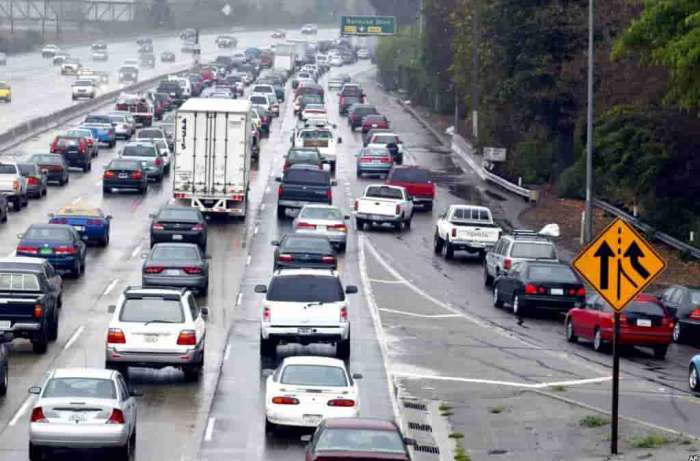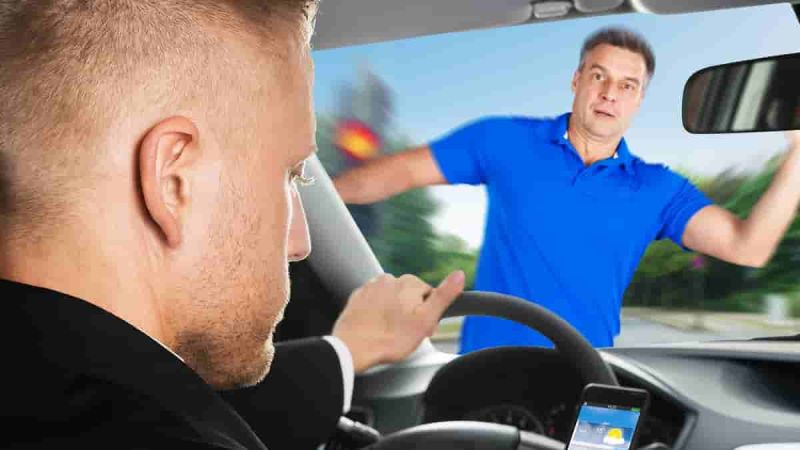As the economy begins to open up and more drivers take to the nation's roads, problems are brewing. Thanks to the COVID-19 pandemic, drivers, who may typically have commuted many miles daily, haven't been behind the wheel for months.
Drivers Find Behavior Not Transferable
Frankly, a recent study found that workers who have spent nearly two years working at home take the behaviors that served them well as home-based personnel and trying to translate them over to roadway situations. The model doesn't work. For example, drivers admittedly check their emails on their smart devices a few minutes after the start of their trips. They don't seem to think it's any big deal when, in reality, it is a huge deal.
According to a story that appeared on NBC this morning, drivers are being overwhelmed by driving. Or, as Joan Claybrook, a former head of the National Highway Traffic Safety Administration (NHTSA), told NBC: "After you get into your car, you may be operating on autopilot. I think computer use, in general, can overload you."
Claybrook's thoughts are in line with other experts. They fear that drivers will lose track of the job at hand – driving -- as they think of everything but driving ("zoning out due to cognitive overload," as the NBC story says). It could be contributing to a surge in roadway deaths.
The necessity of maintaining focus on driving, combined with driving skills that have declined for many drivers, is likely "a contributor to the increase in highway fatalities," said Sam Abuelsaid, principal auto analyst at Guidehouse Insights. NBC contributor Paul Eisenstein quoted him in the NBC News piece.
Root Insurance, which published a new study on driving habits, found that 54 percent of the 1,819 drivers surveyed indicated having had trouble keeping their minds on the task at hand – driving – following videoconferences, a significant piece of work-at-home jobs. The study queried 1,819 motorists.
For Some Drivers Problem Is Worse
Indeed, for younger drivers, the problem has become worse. Some 65 percent of Gen Z drivers reported losing their focus on the road, while 61 percent of Millenials reported the same, and 48 percent of Gen Xers reported losing their concentration.
Alex Timm, founder and CEO of Root Insurance, said the COVID-19 pandemic has "fundamentally changed the way we interact with our vehicles." Timm commented following the release of its distracted driving awareness survey. "As many abruptly shifted to a virtual environment, Americans' reliance on technology dramatically increased along with their screen time, causing a majority of drivers to carry this distracted behavior to their vehicles."
Regulators and safety advocates like the National Safety Council (NSC) have noted that the issue of distracted driving has grown. It accounts for 10 percent or more of annual roadway deaths. Here's an example: simply looking down at a smartphone to read, say, a text message means that drivers will take their eyes off the road for an average of about 4.6 seconds, according to NHTSA research.
At 60 mph, a vehicle will travel more than 400 feet. In heavy traffic, this can create a dangerous situation. It has gotten worse as speeds have crept up. Many studies have shown that speeds went up sharply during the lockdowns brought on by the pandemic.
Distracted Driving Is Huge Problem
Russ Rader, senior vice president of communications at the Insurance Institute for Highway Safety, said that the problem with "distraction is huge, and it's not just checking email or texting. There's the risk of cognitive distraction, looking at the road while your thoughts are elsewhere. That zoning out may mean you don't notice a dangerous situation soon enough to react."
The distraction factor among U.S. drivers is enormous. Nearly two-thirds of U.S. motorists surveyed indicated they regularly check their phones for emails or texts while driving, the Root study indication. They tend to check their phones early in their vehicle trips – within the first 15 minutes behind the wheel. Instead of checking their phones, they should be focusing on the task at hand, driving.

The Root Insurance CEO indicated that though many drivers have developed skills like the ability to multitask during the pandemic, living-room or home office skills "don't translate behind the wheel. As drivers return to the road, they should recognize the danger of false confidence to protect themselves and their passengers.
Marc Stern has been an automotive writer since 1971 when an otherwise normal news editor said, "You're our new car editor," and dumped about 27 pounds of auto stuff on my desk. I was in heaven as I have been a gearhead from my early days. As a teen, I spent the usual number of misspent hours hanging out at gas stations Shell and Texaco (a big thing in my youth) and working on cars. From there on, it was a straight line to my first column for the paper, "You Auto Know," an enterprise that I handled faithfully for 32 years. Not too many people know that I also handled computer documentation for a good part of my living while writing YAN. My best writing, though, was always in cars. My work has appeared in venues including Popular Mechanics, Mechanix Illustrated, AutoWeek, SuperStock, Trailer Life, Old Cars Weekly, Special Interest Autos, and others. You can follow me on: Twitter or Facebook.












